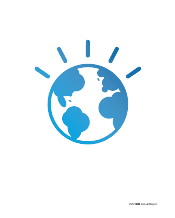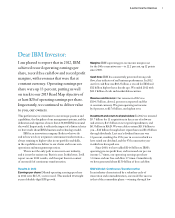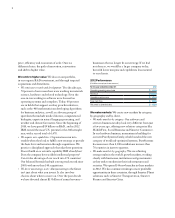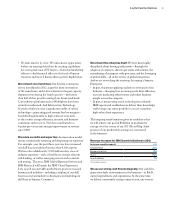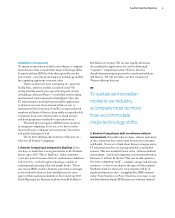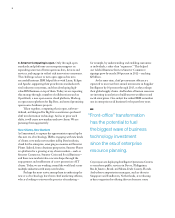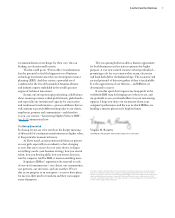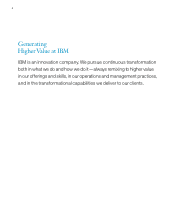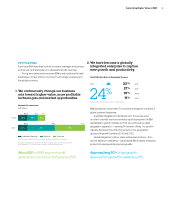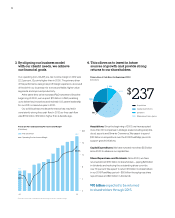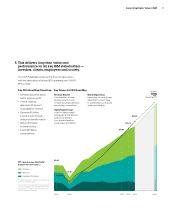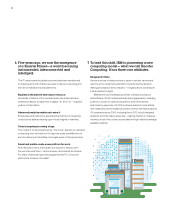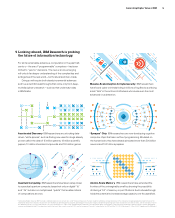IBM 2012 Annual Report Download - page 6
Download and view the complete annual report
Please find page 6 of the 2012 IBM annual report below. You can navigate through the pages in the report by either clicking on the pages listed below, or by using the keyword search tool below to find specific information within the annual report.
A New Era of Computing
To sustain an innovation model in our industry, a company
must do more than accommodate major technology shifts.
It must lead them. IBM has done this repeatedly over the
past century
—
not only pioneering new technology models,
but capturing significant economic value.
Today, another new wave is sweeping in
—
powered
by Big Data, analytics, mobile, social and cloud. We
anticipated this several years ago with our point of view
on building a Smarter Planet
—
a world that was becoming
instrumented, interconnected and intelligent. Now, the
IT environment is moving from monolithic applications
to dynamic services; from structured data at rest to
unstructured data in motion; from PCs to unprecedented
numbers and kinds of devices; from stable to unpredictable
workloads; from static infrastructure to cloud services;
and from proprietary standards to open innovation.
This shift plays strongly to IBM’s historic position
in enterprise computing. So we are, as we have so often
done in the past, reshaping our investment, innovation
and market strategies to lead.
We see three defining characteristics of this new era
—
what we call Smarter Computing:
1. Smarter Computing is designed for Big Data. Every
two days, as much data is now generated as in all of human
history up to 2003. This is “Big Data,” and it constitutes
a vast new natural resource that can revolutionize industries
and societies
—
with the right technology, capable of
analyzing and extracting value and insight from it. This is
one reason IBM’s analytics business is growing so strongly,
as we work with clients to drive intelligence into every
aspect of their operations. Indeed, we have raised our 2015
Road Map target for Business Analytics from $16 billion to
$20 billion of revenue. We are also rapidly advancing
the market place applications for our breakthrough
“cognitive” computing system, Watson, which is
already demonstrating its potential to transform healthcare
and finance. We will introduce our first commercial
Watson oerings this year.
To sustain an innovation
model in our industry,
a company must do more
than accommodate
major technology shifts.
2. Smarter Computing is built on software-defined
environments. To handle today’s volume, velocity and variety
of data, enterprise data centers must become more dynamic
and flexible. One way to think about this is to imagine entire
IT infrastructures that are as programmable as individual
systems. This new model is known as the “software-defined
environment,” and cloud computing is its first manifestation.
However, it will not be the last. This new model optimizes
the entire computing “stack”
—
compute, storage and network
resources
—
so that it can adapt to the type of work required.
Hardware built for these new environments will be of
significant business value
—
exemplified by IBM’s systems
today. From System z, to Power Systems, to storage, to our
new PureSystems family, IBM systems are software-defined.
5
A Letter from the Chairman

